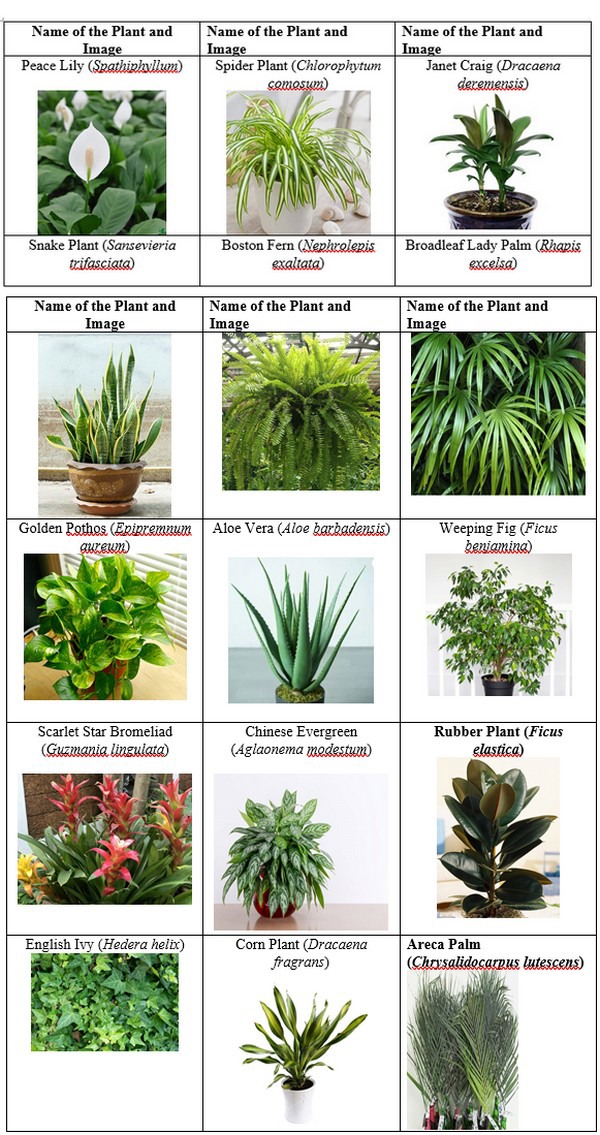According to the United Nations Framework Convention on Climate Change (UNFCCC), "Climate change" means a change of climate attributed directly or indirectly to human activities that alter the composition of the global atmosphere and it can be observed over comparable periods in addition to natural climate variability. India is seeing the tangible effects of climate change, with heat waves growing more frequent and intense. In comparison to the preceding ten years, there was a 25% increase in heatwave events from 2010 to 2019 and a matching spike in heat-related mortality. These heat waves highlight how urgently India has to improve its infrastructure for renewable energy to fulfill the country's growing need for electricity and buckle up its shoes to do everything to combat climate change hazards.
By Prof. S. Chakrabarty, BCKV, Mohanpur Nadia, West Bengal
The primary characteristic of the floral industry is that it falls under the category of "Non-Food" industries, meaning that it is always prioritized behind food-based commodities like staple food-based crops, fruits, and vegetables. But in Indian customs, festivals, celebrations, and religious rites, flowers have great cultural and social value, which makes floriculture a vital component of the nation's cultural backbone. In terms of floriculture, Tamil Nadu, West Bengal, Karnataka, Uttar Pradesh, and Maharashtra are among the top states. India exported floriculture worth INR 707.81 crores in 2022–2023, creating crores of job opportunities, especially in rural regions involving farmers, laborers, and craftsmen.
Due to their reliance on weather patterns and environmental circumstances, landscape gardening and floriculture are particularly vulnerable to the substantial and diverse effects of climate change. Since these effects are frequently negative, adaption techniques are needed to preserve the well-being and aesthetic appeal of both cultivated plants and outdoor areas. To lessen the effects of climate change on landscape gardening and floriculture, professionals should take into account the following basic principles:
- Choose plant types and cultivars that can withstand varying climates.
- Put effective irrigation systems and water-saving techniques in place.
- Make use of environmentally friendly landscaping strategies like rain gardens and xeriscaping.
- Consider mitigation and adaptability of the climate into account when designing a landscape.
- Keep an eye out for and control illnesses and pests in response to shifting circumstances.
- Be aware of changes in the local climate and adjust planting and maintenance schedules appropriately.
Among all these principles, for greener future climate smart technology for to counteract the problem for human health has become a great challenge. It is estimated that 7 million people die from air pollution every year. Luckily for us, research has indicated that certain house plants act as a natural filter to indoor pollution. In fact, NASA-conducted research into the power of plants indoors found that there are over 50 houseplant types that remove pollutants and gases. Most of these plants require medium light to bright, indirect sunlight, average, 25% to 49% humidity and average 18 to 23 ℃ temperature ( except Aloe vera , requiring at least 4 hours of direct sunlight per day, average 20 to 35 ℃ temperature) . The soil must be kept moist, but not water logged. These all are useful against air pollution and may improve indoor air quality by up to 60 and % Removes 80% of VOCs ( Volatile organic compounds) from the air in only 12 hours. Some are extremely effective in its ability to absorb harsh chemicals like carbon monoxide, benzene, formaldehyde. Some are toxic to humans and pets if ingested. And some plants (like peace lily and Scarlet Star Bromeliad ) can be useful in areas of high humidity – like bathrooms as it will keep the mold at bay. Among the list given by NASA, total 15 readily available species are discussed in Table given below:
Table: List of readily available plant species useful to combat pollution and climate change in West Bengal

FAO has principally agreed to support countries in creating synergies and addressing trade-offs between short- and longer-term climate action measures and outcomes, as well as climate action and action under relevant SDGs (Sustainable Development Goals (SDG), including agroecological and other innovative approaches. FAO will also support the identification and scaling up of existing good practices and innovative technological, social, policy, legislative, financial, and institutional solutions in support of climate change, linked landscape and ecological techniques, pointing out that there are several methods for developing value chains and producing sustainable agriculture.
From the forum of COP28 on December 1st, 2023, the PMO declared that India has achieved the first NDC target for 2030, 11 years ahead of schedule, by effectively reducing the emission intensity relative to GDP by 33% between 2005 and 2019. This was a part of India's effort to decouple economic growth from greenhouse gas emissions. India has also surpassed the 2030 objective by nine years, achieving 40% of its installed capacity for electricity from non-fossil fuel sources. India added around 100 GW of installed electric power between 2017 and 2023, with about 80% of the capacity coming from non-fossil fuel-based resources.
In summary, one of the most significant issues facing humanity in the years to come is climate change and its resilience. Global agro-ecosystem production and viability are long-term effects of abnormal variations in air temperature, rainfall, and the frequency and intensity of droughts and floods. Since we all share one Earth, one family, and one future, let's renew our commitment to working together to achieve the shared goal of a greener, cleaner, and healthier world.










